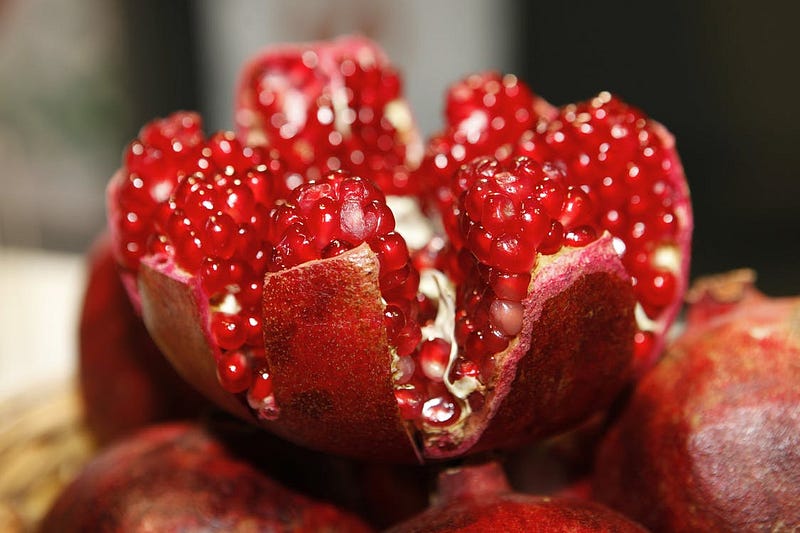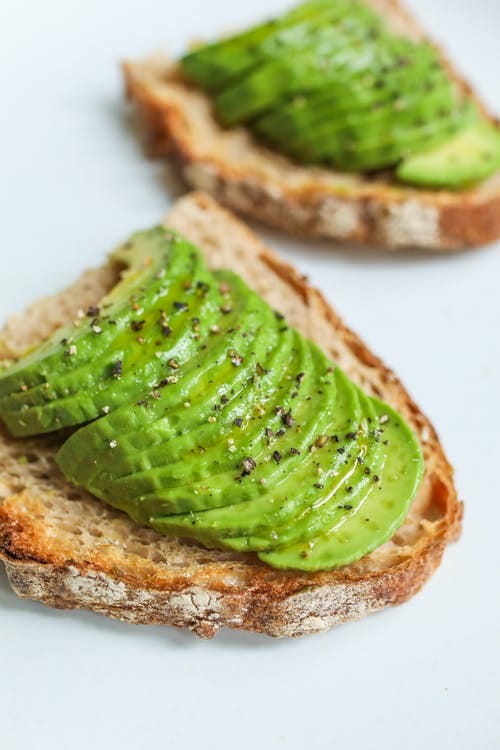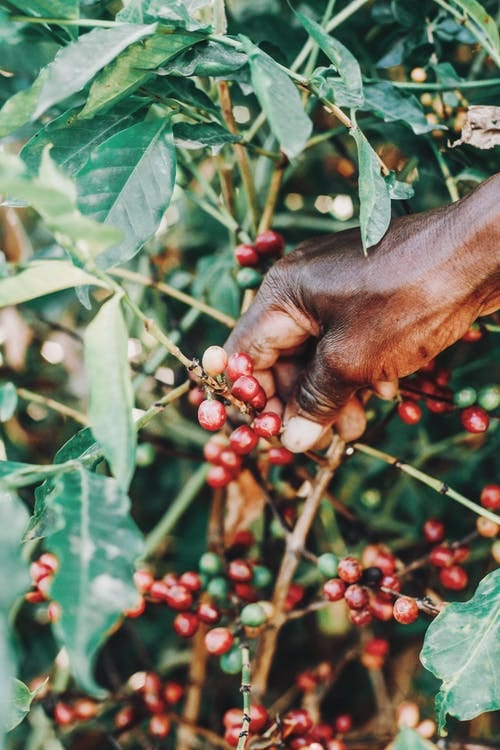The Hidden Costs of Superfoods on Health and the Environment
Written on
Chapter 1: The Allure of Superfoods
Superfoods have captivated the American public, becoming a staple in our diets. We are drawn to these so-called "super" fruits, vegetables, and seeds, often with vibrant colors and health claims that promise miraculous benefits.

Many of us yearn for the antioxidant power they offer, especially in a time when our health feels strained. However, it’s crucial to question why these superfoods frequently come from distant regions. Is our idealized view of nutrition merely an illusion, far removed from our everyday realities?
Section 1.1: The Journey of Superfoods
Take, for instance, that enticing red superfood powder found on Amazon, made from acacia, red reishi mushrooms, acerola cherries, and grape skins. The ingredients are sourced from various countries, hinting at a complicated and often troubling supply chain.
Ainhoa Magrach and María José Sanz highlight in their research the environmental and social repercussions of the global demand for superfoods. They note:
“Indeed, superfoods originate in most cases within complex and diverse crop agricultural systems. Transforming such production systems to commercially oriented intensive agricultural systems will have profound impacts on landscapes, livelihoods, diets, carbon footprints, and biodiversity among others.”
In essence, our obsession with superfoods can adversely affect local economies, disrupt human rights, and harm the environment.
Section 1.2: The Complexity of Consumption
As we sip on our trendy cacao and mushroom beverages, it's essential to reflect on the origins of these superfoods. When we extract these ingredients, often staples in the diets of indigenous communities, we risk commodifying their cultural significance.
Ainhoa Magrach and María José Sanz further emphasize that:
“However, these marketing campaigns focus not only on the healthy aspects of superfoods, but also on their ‘natural’ origin and the associated ‘romantic’ stories that link them to ancient civilizations. Yet meeting current demand for most of these products means that traditional growing practices can no longer be used and an intensification of the production is required, with the environmental and social consequences this encompasses.”
We should consider the impact of our purchasing decisions.
Chapter 2: Realities of Global Demand
The environmental costs of popular superfoods are significant. For instance, the surge in avocado consumption has led to the destruction of vital pine forests in Mexico and increased pressure on farmers from drug cartels. In Chile, the high demand for avocados has depleted water supplies in small communities.
The acacia pulp we enjoy in our smoothies comes at a price as well. Its production disrupts local ecosystems, impacting biodiversity and requiring substantial energy for shipping.
Section 2.1: The Quinoa Conundrum
Similarly, the global demand for quinoa has led to the displacement of traditional agricultural practices. Local farmers are left grappling with higher pesticide use and the loss of crop diversity, as they are forced to adapt to market demands.

What can we do to mitigate these effects? One approach is to seek out products with certifications like Fair Trade or Rainforest Alliance, although these are not without their own criticisms.
Section 2.2: Mindful Consumption
A more immediate solution lies in being conscious consumers. We can choose to consume less and prioritize local foods while gaining a deeper understanding of where our food comes from.
As Magrach and Sanz remind us, the shift towards sustainable consumption is a crucial goal set by the United Nations, and our choices as consumers can significantly contribute to this aim.

Chapter 3: Rethinking Nutrition
While it’s tempting to feel virtuous by adding superfoods to our diets, we must remember that true nutrition is nuanced and varies for each individual.
Leo Benedictus of The Guardian succinctly articulates this complexity:
“The truth — so unappealing — is that nutrition is fabulously complex, different for everybody and mostly mysterious. We know that if you eat a balanced diet with plenty of fruit and vegetables and do regular exercise, nothing is a superfood. And if you don’t, no superfood will save you.”
This focus on superfoods can distract us from deeper issues related to our relationship with food.
Section 3.1: A Call for Simplicity
As we navigate our daily lives, perhaps sipping a smoothie infused with acacia pulp won’t resolve the stress and complexities we face. Instead, we need to slow down and rethink our approach to nutrition, recognizing that our health encompasses more than just food choices.
Let’s strive for a more sustainable future by eating locally and mindfully, embracing the simple and often overlooked options available to us.

In conclusion, let’s be conscious of our health choices and their broader implications. As we reconsider our obsession with superfoods, we might find that there are plenty of nutritious local foods to explore and enjoy.